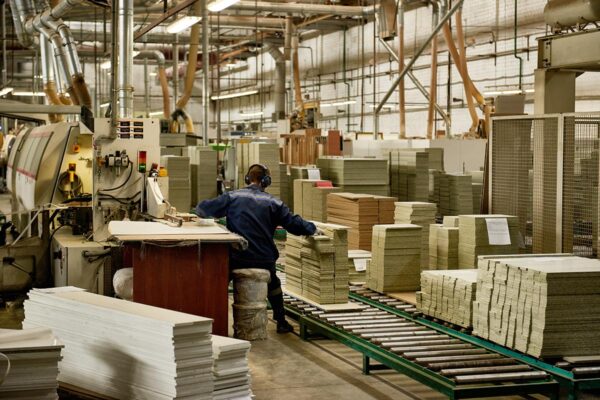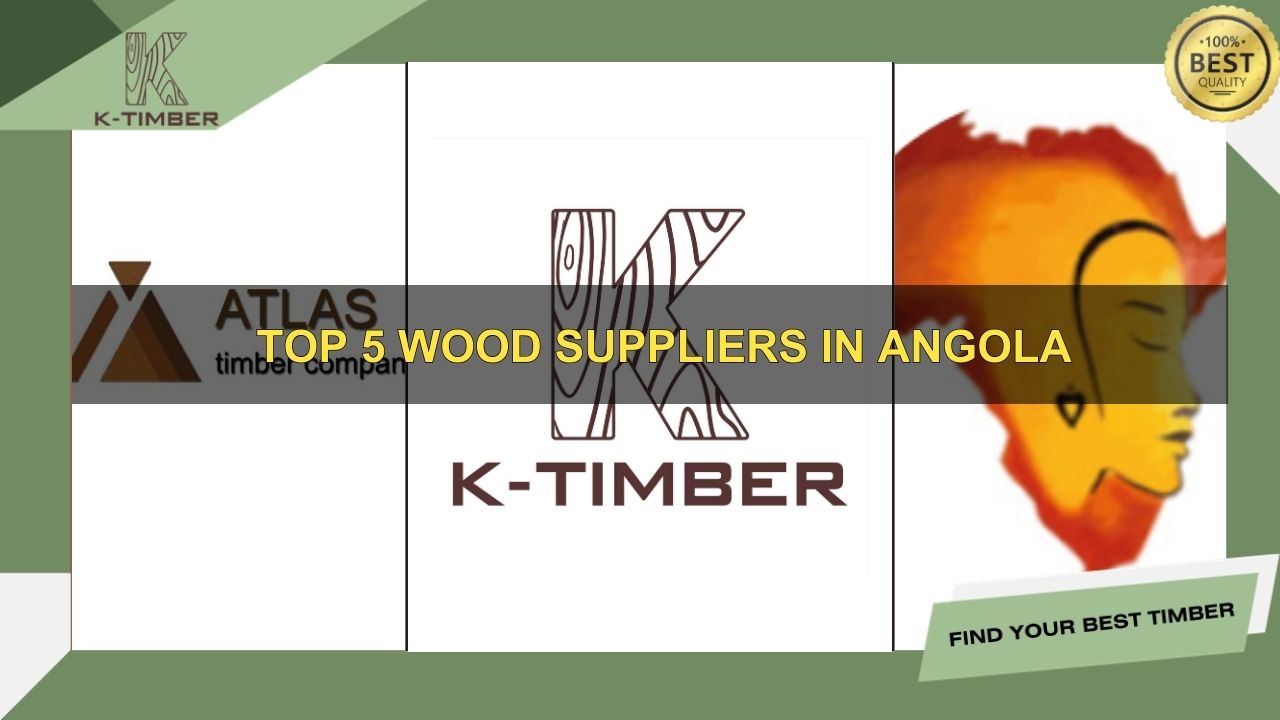Timber logging involves harvesting, sawing, and transporting trees for commercial use. The industry is growing due to the constant demand for wood in paper, firewood, furniture, and buildings.
Globally, timber trade reaches billions of dollars each year. However, despite the huge number, 90% of that is from major players with many years of experience in the industry. Therefore, starting a wood business can be challenging for beginners who have to fight to be part of the remaining 10%.
This guide offers a step-by-step process for beginners to start a small timber business without prior experience.
Table of Contents
What do you know of the Timber Business Landscape?
The timber industry has played a crucial part of the global economy, supplying materials for construction, furniture, and paper.
The timber industry has evolved from ancient woodcutting practices to modern, technologically advanced operations. Up till now, the demand for wood remains relatively high, especially in the EU regions, implying the potential development of the industry in the future.
The global timber market was valued at around $631 billion in 2020 and is expected to grow at a CAGR of 4.1% from 2021 to 2028. Typically in Africa, the timber industry is expanding rapidly, driven by increased demand for African hardwoods and lumber.

Step to Starting a Timber Business
In this part, we go into a step-by-step guide of how to start a timber business. Of course, there are many types of businesses in the industry, thus this guide aims to give you an overview of a typical wood provider.
Marketing Research and Planning
The previous part is only a glimpse of what’s happening in the global market. To start a timber business, a deep understanding of the specific demand for wood in various countries, the diverse customer segments of wood, the legal and regulatory frameworks, and recognize the key players dominating the industry.
The ultimate goal of conducting detailed market research before starting a timber business is to identify gaps in the market that your business can fill, and to define your unique selling point (USP) such as competitive price, and fast customer service.
After that, develop a comprehensive business plan that outlines your goals, market strategy, operations, and financial projections. This will guide your business and attract investors. Finally, determine your startup costs and explore funding options such as bank loans, venture capital, or government grants.

Meeting the Legal and Regulatory Requirements
The legal part is extremely complicated when it comes to forestry because of the attention to sustainability nowadays. The below are only the basic permits and licenses you need, including:
- A business license
- Timber harvesting permit
- Forest ownership
- CO/Phyto, etc.
If you are aiming for wood exporting, it will be more complex as you not only need exporting licenses but also need to adapt to the legal requirements of the importing country.
For example, Japan and EU regions have a relatively high demand for wood but they also enforce stringent regulations. To enter these markets, companies must obtain certifications such as the EU Timber Regulation (EUTR) compliance or the Forest Stewardship Council (FSC) certification, ensuring adherence to legal and sustainable forestry practices.

Setting up the Manufacturing Process
Installing machines and organizing the manufacturing process is probably the most complex and expensive part of starting a timber business. However, this crucial step significantly influences the quality of your wood products and can lead to substantial cost savings in the future.
There’s a lot of equipment involved in building up an effective production line such as high-quality sawmills, kilns for drying timber, and machinery like planers, routers, and sanders. Additionally, it’s crucial to provide safety gear for workers, including gloves, helmets, and goggles.
However, those are not the most costly parts of the manufacturing process. If you own a forest, the costs of logging and transportation will likely be the most significant expenses. It’s essential to thoroughly vet suppliers and establish clear contracts from the outset to manage these costs effectively.
The final part is to optimize the sawn mill yard to minimize material movement so that the workflow is effective and time-saving.

Marketing and Business Development
When you are done setting up the production line, it’s time to push your business reputation through marketing and business development.
Regarding marketing, it is necessary that you combine traditional and digital marketing strategies. Participate in trade shows, advertise in trade magazines, and in the case of the timber market, use word-of-mouth referrals. Enhance your digital presence with a professional website, active social media engagement, and SEO.
Build a strong brand with a memorable logo, consistent color scheme, and clear messaging. Share valuable content about sustainable forestry and industry trends, and engage regularly on social media platforms like Facebook, LinkedIn, and Instagram.
For business development, networking is a must. Attend industry events to connect with partners and customers. Collaborate with construction companies and furniture manufacturers, and join professional associations to stay updated on trends.
Implementing these strategies will help you public a strong presence, gain trust from your customers, and develop strong relationships in the timber industry.
Financial Management and Business Growth
Price is one of the main concerns in the eyes of customers, which directly bonds to the cost of operation. Setting competitive prices for your timber products is crucial for attracting customers.
Take into account factors such as raw material costs, labor, processing and storage expenses, transportation, and profit margins. Research local market conditions and competitor pricing to adjust your rates accordingly.
Initially, you might need to lower profit margins to generate demand and attract customers. However, be cautious about setting prices too low, as this can make customers doubt the quality of your products.
Conclusion
Starting a small timber business requires understanding the industry, conducting market research, and setting up efficient operations. Each step, from sourcing quality timber to effective marketing and financial management, is essential for success.
At K-TIMBER, our mission is to provide the world’s best African wood. We strive to develop, expand, and improve our products. We’re here to support businesses seeking high-quality African wood at competitive prices.
Ready to start your timber business? Contact K-TIMBER today for top-quality products and expert support.










